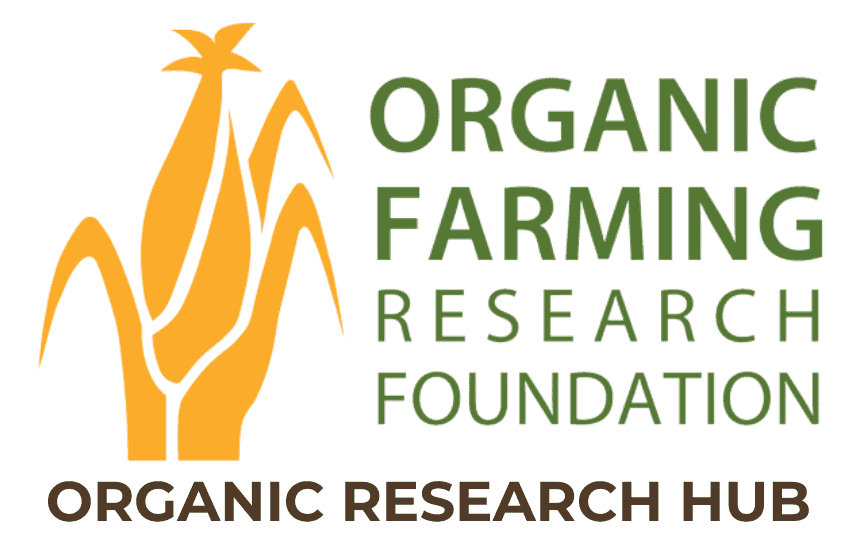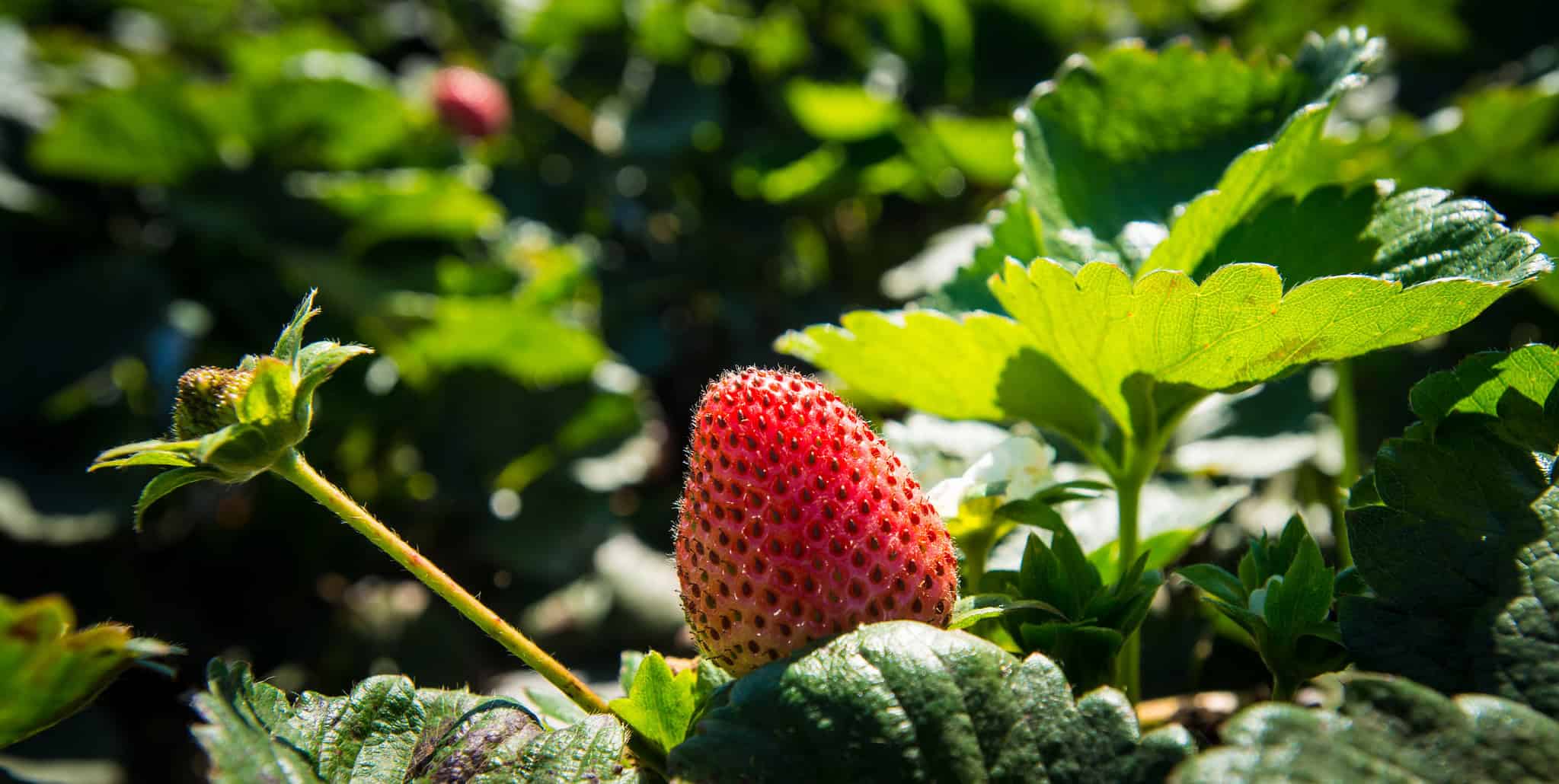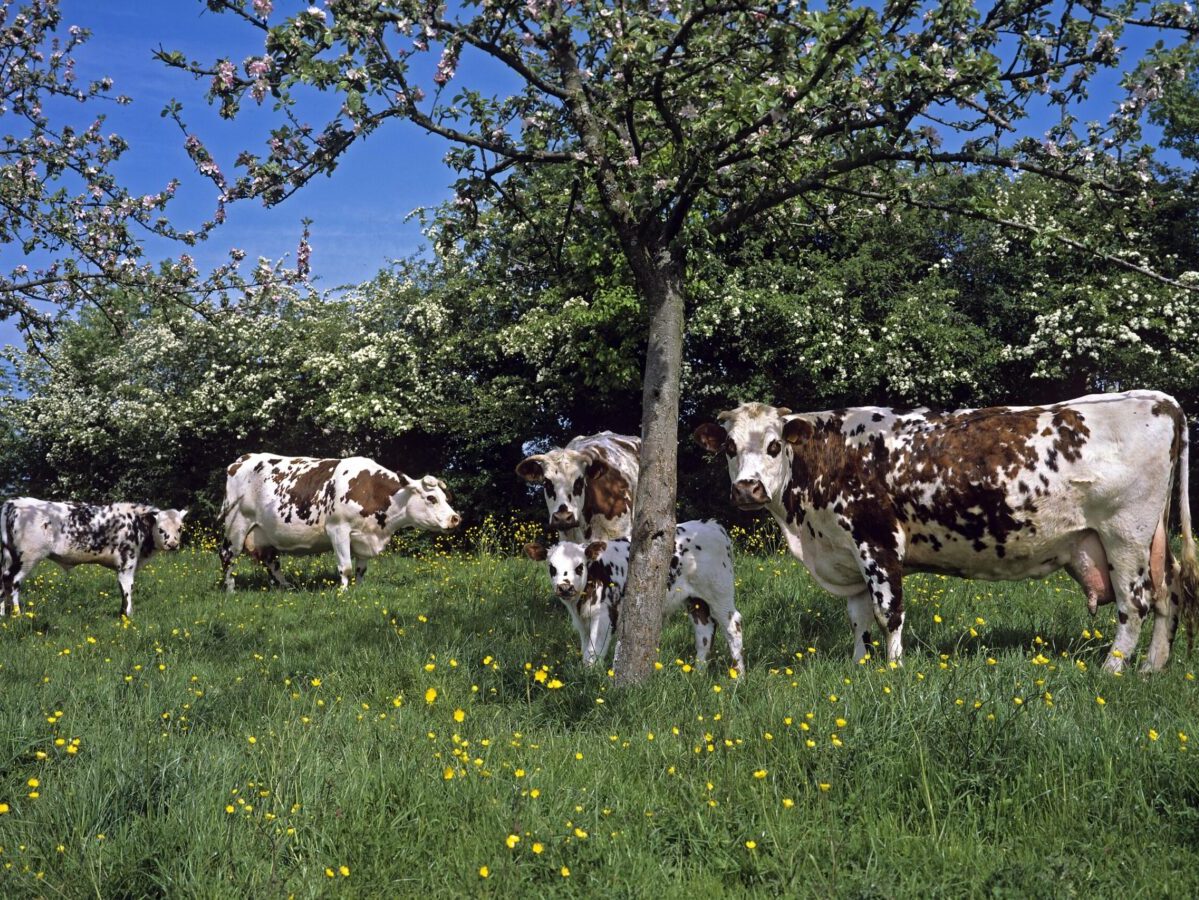Measuring Active Carbon to Predict Seasonal Nitrate Mineralization on Organic Farms
Douglas Parker Collins, Washington State University

Determining how much fertilizer to apply is a delicate process. Applying too much can waste money and lead to nutrient loss, while applying too little won’t optimize yield. Efficient fertilization requires recognizing the nitrogen (N) mineralization potential of the soil, which can be significant in historically amended soils. However, predicting N mineralization can be challenging due to the often poor correlation between net N mineralization and typical soil test information, such as percent soil organic matter. Farmers, particularly those using soil-building practices like cover cropping and manure, seek fast, simple, and affordable methods to predict N mineralization.
This study estimated N mineralization from plots without applied fertilizer at eight certified organic farms in western Washington State using two in situ methods: plant uptake and buried soil tubes. The uptake of mineral N by broccoli transplants over an average of 76 days ranged from 42 to 131 kg N ha-1 (37 to 117 lb N acre-1), while mineralization measured in buried soil tubes over a 182-day period (equivalent to 2,674 growing degree days, GDD) ranged from 25 to 53 mg NO3-N + NH4-N kg soil-1 (91 to 156 kg ha-1 or 81 to 139 lb N acre-1). The two in situ methods were positively correlated, though weakly (r2 = 0.52). Four tests aimed at predicting N mineralization potential were conducted: a 24-hour CO2 burst, a 7-day anaerobic incubation, a 21-day aerobic incubation, and microbial biomass measurements. None of these predictor tests correlated with the plant uptake by broccoli. However, N mineralization in the soil tubes was positively correlated with both the 7-day anaerobic incubation (r2 = 0.67) and the 21-day aerobic incubation (r2 = 0.58). Seasonal plant uptake followed a logistic curve, while mineralization in soil tubes adhered to a single exponential equation.
Five out of the eight farms managed to produce marketable broccoli without any additional fertilizer. Overlaying the model for plant uptake with the model for N mineralization at one site, which had relatively high N mineralization, demonstrated that sufficient N was made available for a mid-May broccoli planting without the need for extra fertilizer.
Region
Western
Topic
Soil Health, Crop Nutrient Management
Category
Vegetables/Fruits
Date Range
2011-2020
Funding Amount
$14,996
Funding Year
2013Location
Puyallup, Washington
Collaborators
Craig Cogger, Washington State University
Andy Bary, Washington State University



